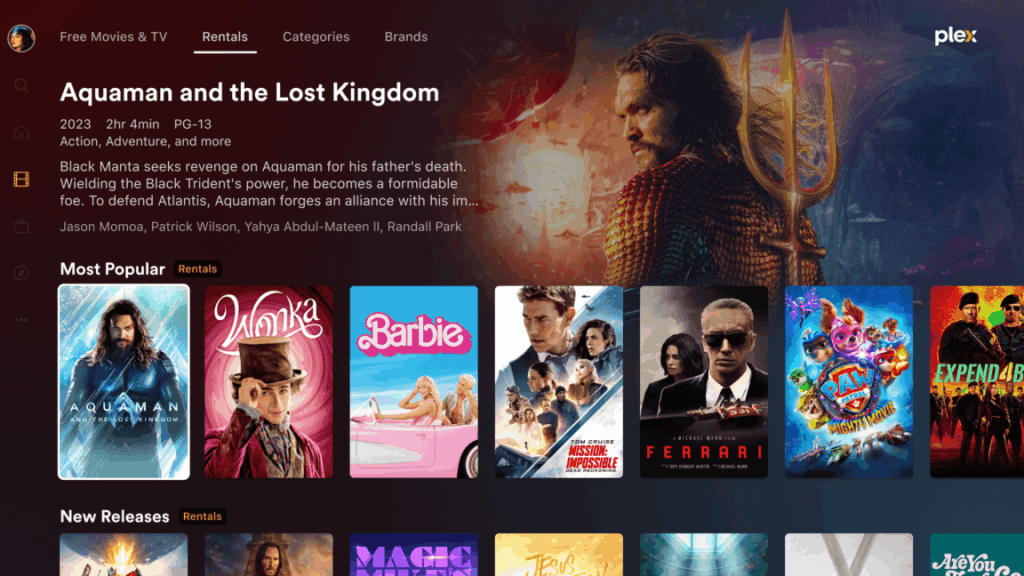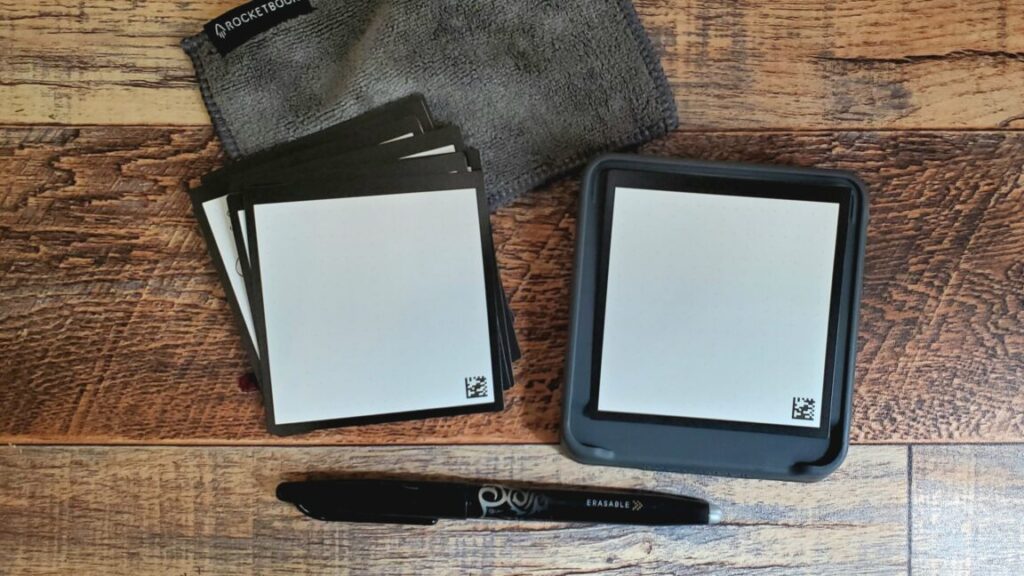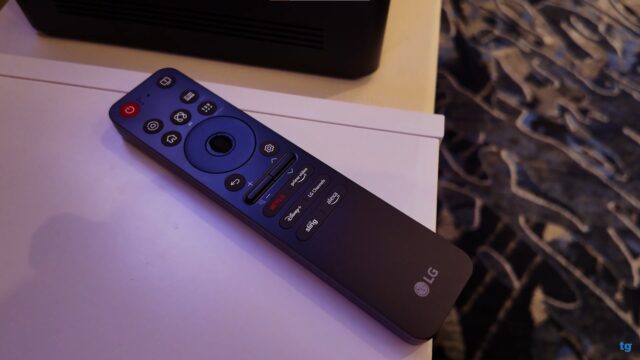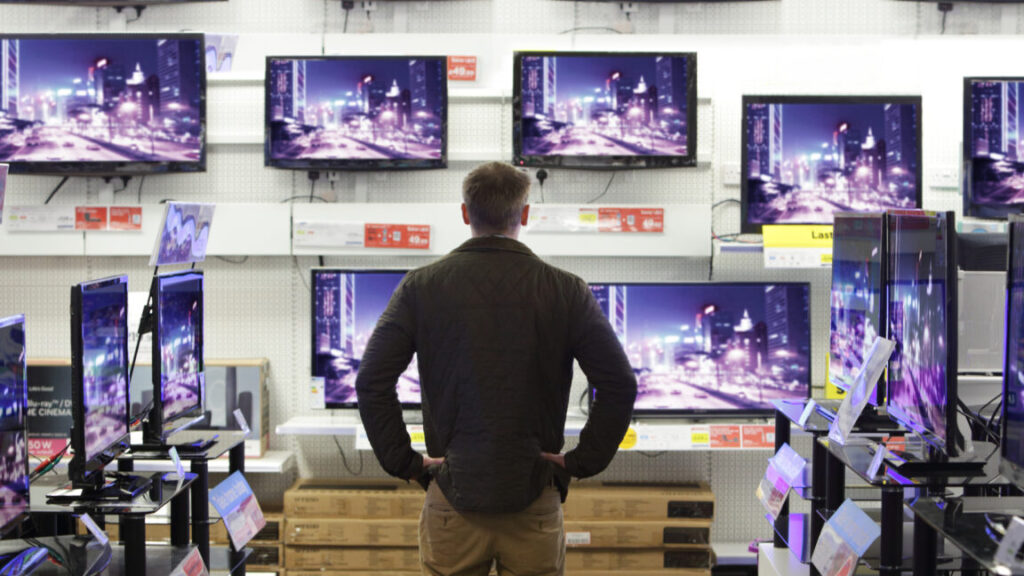Plex’s crackdown on free remote streaming access starts this week
Plex has previously emphasized its need to keep up with “rising costs,” which include providing support for many different devices and codecs. It has also said that it needs money to implement new features, including an integration with Common Sense Media, a new “bespoke server management app” for managing server users, and “an open and documented API for server integrations,” including custom metadata agents,” per a March blog post.
In January 2024, TechCrunch reported that Plex was nearing profitability and raised $40 million in funding (Plex raised a $50 million growth equity round in 2021). Theoretically, the new remote access rules can also increase subscription revenue and help Plex’s backers see returns on their investments.
However, Plex’s evolution could isolate long-time users who have relied on Plex as a media server for years and those who aren’t interested in subscriptions, FAST (free ad-supported streaming TV) channels, or renting movies. Plex is unlikely to give up on its streaming business, though. In 2023, Scott Hancock, Plex’s then-VP of marketing, said that Plex had more people using its online streaming service than using its media server features since 2022. For people seeking software packages more squarely focused on media hosting, Plex alternatives, like Jellyfin, increasingly look attractive.
Plex’s crackdown on free remote streaming access starts this week Read More »



























